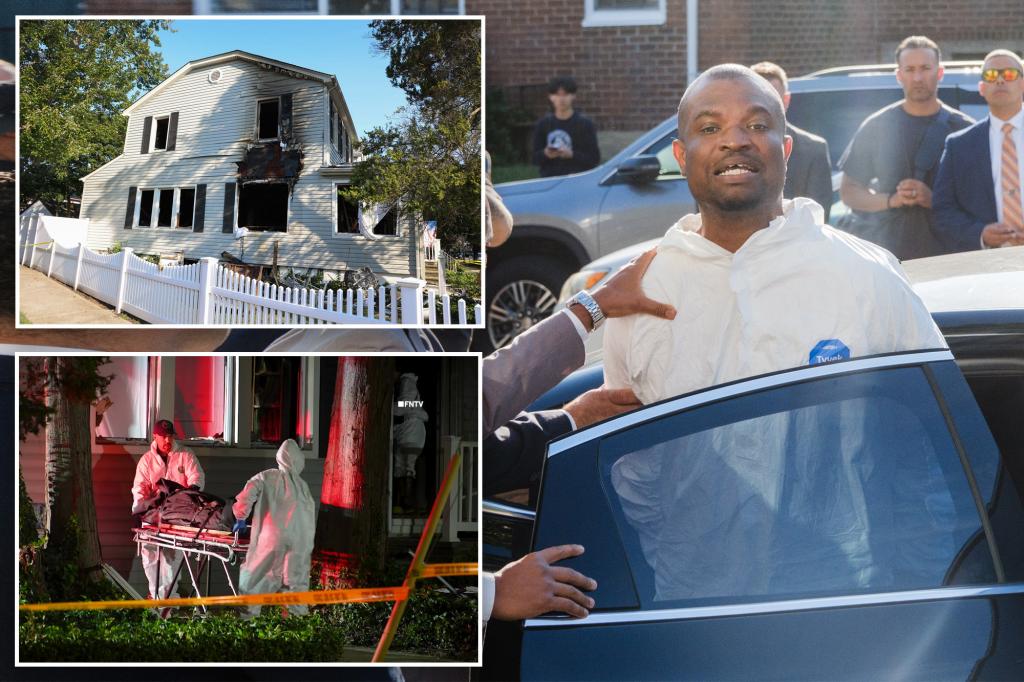Parole Reform’s Unintended Consequences: The Less Is More Act and Public Safety
The story of Jamel McGriff, an ex-convict who allegedly murdered an elderly Queens couple while on parole, has brought renewed attention to New York’s “Less Is More” parole reform law. Enacted in 2022, this legislation fundamentally changed how parole violations are handled in the state. Before this reform, McGriff would likely have been incarcerated for failing to register his address as a sex offender. Instead, the law allowed him to remain free—with tragic consequences. The Less Is More Act, authored by Democratic Socialist Phara Souffrant Forrest and co-sponsored by mayoral candidate Zohran Mamdani among others, was designed to reduce incarceration for technical parole violations. Mamdani defended the bill at the time, stating, “Our system is built for life-long punishment, not rehabilitation. Less is More is a vital step towards ensuring that when our neighbors return home from prison, they can stay at home.”
The legislation represents a significant shift in how parole violations are handled in New York. Unlike the more publicized bail reform laws, the parole changes received comparatively little public scrutiny despite their far-reaching implications. The law creates a three-strike policy for technical violations, meaning parolees get a pass on their first two infractions. It also keeps parolees out of jail while they await court proceedings for new charges—a process that can take months or even years. Perhaps most significantly, the reforms raised the standard of proof for parole violations from “preponderance of evidence” to “clear and convincing evidence,” making it substantially more difficult to revoke someone’s parole. These changes align with the Democratic Socialists of America platform, which specifically calls for ending imprisonment for parole violations.
The impact of these reforms on public safety has been substantial, according to data analysis. Before the law took effect, about 57% of parolees who committed new crimes remained free while facing pending charges. After implementation, that number jumped to an alarming 85%. The number of people incarcerated for parole violations dropped by 38% between 2021 and 2024. Rafael Mangual, a legal fellow at the Manhattan Institute, explains that the reform “made it very difficult to revoke someone’s release on parole” and “has certainly eroded the potential protections for the public.” He argues the changes stem from “the misguided belief that ‘mass incarceration’ is driven in large part by parole revocations” and have “essentially [taken] the teeth out of any potential sanction for failing to comply.”
McGriff’s case highlights the potential public safety implications of these reforms. After serving 17 years of a 20-year sentence for robbery, burglary, and sexual assault, he was released on parole. When he failed to register his address as required by sex offender regulations—and even when he became a suspect in two armed robberies—the new parole system allowed him to remain free. Critics argue that prior to Less Is More, either violation would have been sufficient grounds for temporary detention pending a hearing. Instead, McGriff allegedly went on to murder Frank and Maureen Olton in their Bellerose home in what law enforcement describes as a particularly brutal crime.
The McGriff case is not an isolated incident. Other examples include Jeffery “Zay” Mackenzie, released on lifetime parole in 2022 after serving 21 years for murder, who has since been arrested multiple times for drug dealing; Lateef Green, a homeless man charged with attempted murder in an unprovoked subway attack after being paroled in 2021; Waheed Foster, an ex-con accused of beating a woman in a Queens subway station while free despite a recent parole-violating arrest; and Charles Rowe, on lifetime parole after nearly 35 years for the rape and murder of a child, who was charged with new sexual assaults despite having been arrested for car theft while on parole. In each case, critics suggest that pre-reform parole rules might have prevented these crimes by keeping these individuals incarcerated after their initial violations.
The debate over Less Is More reflects broader tensions in criminal justice reform. Advocates argue that technical violations like missing appointments or curfews shouldn’t return people to prison, especially when they’re trying to rebuild their lives. Critics counter that parole exists as a middle ground between incarceration and complete freedom, and that violating its terms should have meaningful consequences. One criminal justice insider who requested anonymity stated bluntly: “Bail reform isn’t nearly as bad as parole reform. These are already proven felons.” The tragic case of the Oltons has brought these competing perspectives into sharp relief, raising difficult questions about how society balances rehabilitation and second chances against public safety concerns. As Mangual observes, “New York state lawmakers in their infinite wisdom have chosen to reorient the criminal justice system around the interests of defendants and not so much around the interest of victims.”











